Energy Update
Switching to Hydrogen-Fuel; Prospects and Challenges
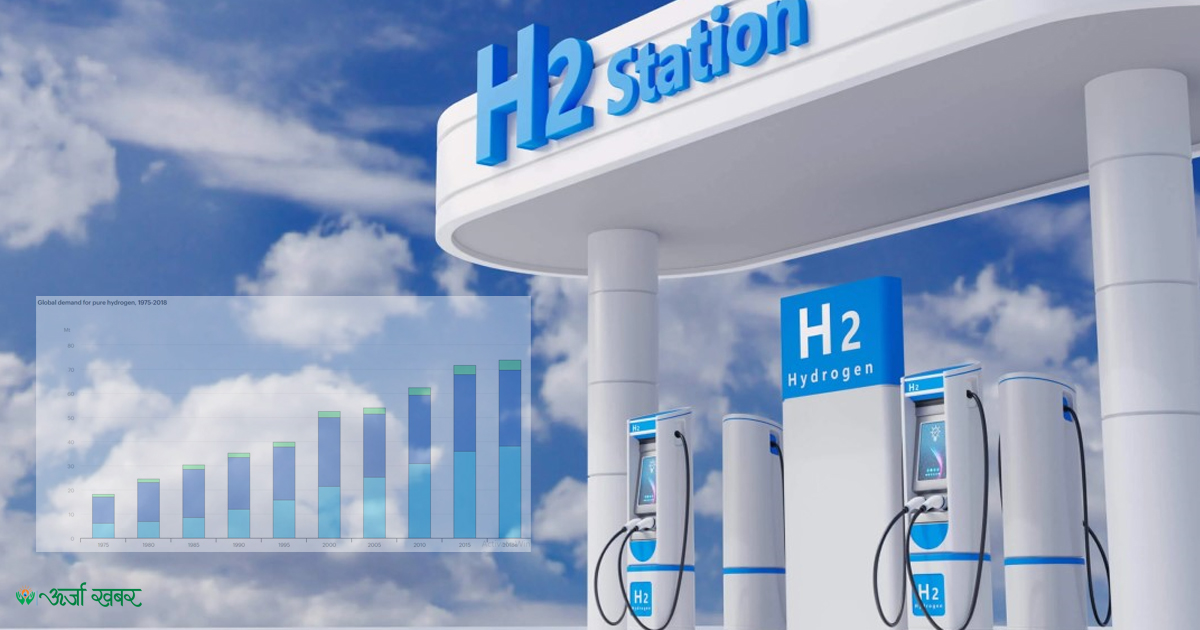
With a growing call for introducing measures to tackle the challenges of climate change including global warming, the concern for the alternative energy has been raised to switch to green energy from traditional energy sources.
The key pillars of decarbonising the global energy system are energy efficiency, behavioural change, electrification, renewable, hydrogen and hydrogen‐based fuels and Carbon, Capture, Usage and Storage (CCUS) system. Of these the hydrogen-based fuel system is drawing attention of the entire world.

It is believed that the first internal combustion engine about 200 years ago used hydrogen and oxygen gases as the main fuel source. However in the modern time, hydrogen has been used as fuel cell and a battery to store energy. Although an attraction for use of hydrogen fuel in vehicles has been growing, citing it as the zero -emission transport mean, the hydrogen gas powered cars are yet to get proper recognition in the line of electric vehicles.
A report of the Asian Development Bank (ADB) shows that the current global demand for hydrogen is around 90 MMT per year, which has grown by just two percent since 1975. Its demand in India alone is 6 MTPA, driven by captive consumption of refineries and fertilizer units. The demand is expected to grow up to 25 MTPA by 2040, a growth between 2.5-3.5 times.

According to Wall Street Journal, demand for hydrogen as a main source of energy is set to rise sharply over the next two decades. A study report prepared by the consulting firm McKinsey has projected that there will be a fivefold rise in hydrogen demand to 600 million metric tons a year by 2050, if climate change is limited to 1.5 degree Celsius.
But major bottlenecks such as long permitting times, higher equipment costs and lack of access to capital could slow growth in supply. “The supply could be between 175 million to 291 million metric tons a year if steps aren’t taken to speed up permitting and lower both equipment and investment costs,” the report warned.
Gaseous and liquid hydrogen are the primary methods of storage across the globe. However, higher storage costs for liquid hydrogen make it unviable at small distances, reads the ADB report.
The World Bank report states that the demand for hydrogen reached an estimated 87 million metric tons (MT) in 2020, and is expected to grow to 500–680 million MT by 2050. From 2020 to 2021, the hydrogen production market was valued at $130 billion and is estimated to grow up to 9.2% per year through 2030.
Uses for hydrogen are expanding across multiple sectors including power generation, manufacturing processes in industries such as steelmaking and cement production, fuel cells for electric vehicles, heavy transport such as shipping, green ammonia production for fertilizers, cleaning products, refrigeration, and electricity grid stabilization.
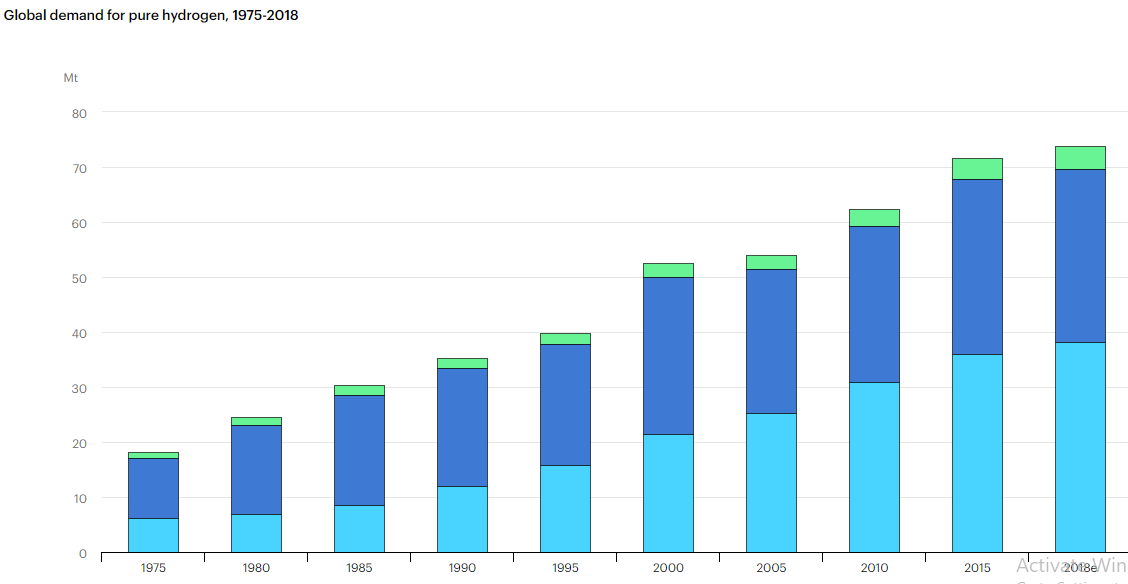 In 2022, the global hydrogen market was valued at USD 155.35 billion, and it is gaining momentum. During 2021 and 2022, nine countries unveiled national strategies for hydrogen, which will cover about 30% of global energy sector emissions. While most of the hydrogen produced is for the chemical and petrochemical sectors, hydrogen demand in new applications has also slowly grown.
In 2022, the global hydrogen market was valued at USD 155.35 billion, and it is gaining momentum. During 2021 and 2022, nine countries unveiled national strategies for hydrogen, which will cover about 30% of global energy sector emissions. While most of the hydrogen produced is for the chemical and petrochemical sectors, hydrogen demand in new applications has also slowly grown.
The Asia-Pacific region has emerged as the biggest hydrogen market in 2022. China is the largest producer of hydrogen fuel cell trucks and cars. These vehicles are becoming increasingly popular among consumers and corporations looking for more viable low-carbon transportation options.
Given the pressing need to reduce carbon emissions and mitigate the impacts of climate change, there is a growing demand for low-carbon energy solutions that can power homes, businesses and transportation systems. This demand drives innovation and investment in various technologies, including solar, wind, geothermal and hydroelectric power.
Transport Means- the Main Source of Emissions
According to a study, single passenger car emits the largest CO2 emission per person compared to any other transport means. Single using car emits 171 gm per person of emissions, while the emissions attributed to domestic flight is 133 gm per person and that of the passenger bus is 104 gm per person.
 The above info-graph shows that flying is one of the most carbon-intensive things. Domestic flights have the largest emissions per person per km. Train journeys can have less than a fifth of the impact of a domestic flight, although they might be more expensive.
The above info-graph shows that flying is one of the most carbon-intensive things. Domestic flights have the largest emissions per person per km. Train journeys can have less than a fifth of the impact of a domestic flight, although they might be more expensive.
In the COP 28 held last month in Dubai, many nations including the US, UK and European Union had pushed for a phase out from fossil fuels. Almost all of the participating nations agreed to “transition away’ from coal, oil and gas.
For the first time, countries agreed on the need to "transition away from fossil fuels in energy systems". The agreement calls for this to be done "in a just, orderly and equitable manner". This is seen as an important recognition that richer countries are expected to move away from coal, oil and gas more quickly.
Many groups - including the US, UK, EU and some of the nations which are most vulnerable to climate change - had wanted a more ambitious commitment to "phase out" fossil fuels. The agreement includes global targets to triple the capacity of renewable energy like wind and solar power, and to double the rate of energy efficiency improvements, both by 2030.
The COP28 agreement highlights "the growing gap" between the needs of developing countries and the money provided to cut emissions - but there is no requirement for developed countries to provide more support. Ultimately, the success of COP28 will be determined by the changes if the world puts into practice in the years ahead.
It also calls on countries to accelerate low- and zero-emission technologies like carbon capture and storage. In the context, electric cars are becoming more widespread, but they are still prohibitively expensive for some people and charging infrastructure is limited in places.
Prospect of Hydrogen Fuelled Automobiles
For the last two decades or so, hydrogen power has been spoken of as a potential future for the car, but its adoption into the mainstream has never materialised.
Going green is top of the agenda for car manufacturers right now, and turning to hydrogen seems an alluring prospect. It’s abundant, safe for the environment when properly used and, thanks to some clever engineering, can be topped up as quickly as one would at a petrol or diesel pump.
But all the perks aside, its development has been slow and vastly upstaged by the advent of the battery-powered electric vehicle, commonly referred to as the EV.
The world class brands of automobile sectors including Mercedes Benz, Toyota, Hyundai and BMW, along with the startups have also stepped up in the use of the hydrogen fuelled vehicles. Recently, hydrogen-powered concept cars were unveiled by BMW and Renault – the iX5 Hydrogen and the Renault Scenic Vision respectively.
The two are indicative of both manufacturers’ commitment, along with the already established leaders of the field, Hyundai and Toyota to develop this type of fuel, even if not for the passenger car market.
According to a report, the United Kingdom had 300 hydrogen powered vehicles plying on the road in the beginning of 2023. Till the date, there are two fuel cell car models including Hyundai Nexo and Toyota Mirai available in the US market. California is reported to be the only state with a long-distance hydrogen network. There are 59 stations clustered in Los Angeles and the Bay Area.
As the initiative is now in preliminary stage, it might take lot more time to expand market of such vehicles. One of the main set back seen in the segment is lack of relevant infrastructure including the refueling stations. Although many countries have thrived for the use of hydrogen run automobiles, they also lack the easy availability of the refueling centers.
The COP 28 declaration has acknowledged that renewable and low-carbon hydrogen and hydrogen derivatives will play an essential role in meeting global energy needs and decarbonizing our industries as part of a people-centered energy transition to net zero that leaves no-one behind.
The mega gathering inked intended agreement to unlock decarbonization opportunities and cost-efficiency gains with global trade in renewable and low-carbon hydrogen and hydrogen derivatives in order to build a sustainable and equitable global hydrogen ecosystem that benefits all nations.
The participant countries sought accelerated development of technical solutions to enable mutual recognition of their certification schemes, including through cooperation of the Participants with and under the framework of the International Partnership for Hydrogen and Fuel Cells in the Economy (IPHE) and the Hydrogen Technology Cooperation Programme (Hydrogen TCP);
Role of Green Hydrogen
Green hydrogen is produced by using renewably generated electricity that splits water molecules into hydrogen and oxygen. Green hydrogen holds significant promise to help meet global energy demand while contributing to climate action goals.
Clean hydrogen can help to decarbonize a range of sectors, including long-haul transport, chemicals, and iron and steel, where it has proven difficult to reduce emissions. Hydrogen-powered vehicles would improve air quality and promote energy security. Hydrogen can also support the integration of variable renewables in the electricity system, being one of the few options for storing energy over days, weeks or months.
Using green hydrogen as fuel for steelmaking can cut emissions by up to 95 percent, according to H2 Green Steel, a Swedish low-carbon steel startups?
Global leaders have agreed to substitute fossil fuels with green hydrogen, which will be the most feasible source of green energy by 2050. Sweden, for instance, has already begun work in heavy industries such as iron and steel. This has sparked a global rush to produce green hydrogen, with countries like Australia, China, Japan and the European Union leading the production.
Nepal is expected to have produced at least 10,000 megawatts of hydropower by 2030, with a demand of approximately 7,000 megawatts. The total capacity is expected to be 39,000 megawatts by 2040. Thus, surplus hydropower could be channelled to produce green hydrogen at a competitive price. It is anticipated that the cost of producing green hydrogen will be below $1 per kg by 2050.
How Hydrogen-Powered Cars Work?
Hydrogen-powered cars are similar in design to conventional EVs as they both use electric motors to drive the wheels.
However, while EVs deploy stored electricity from a battery to power the electric motors, the fuel cell stacks in hydrogen cars produce electricity on the go through a chemical reaction between hydrogen and oxygen. That electricity then either powers the car directly or is stored in a smaller battery until needed. These cars give out water vapour as waste product.
Initiative of Nepal
This time in COP 28, Nepal strongly raised the issues related to adverse impacts to Himalayan and mountainous regions due to the ongoing climate change. Identification of actual losses, fixation of target for climate suitability, minimization of carbon emission, migration due to climatic factor, carbon emission and gender inclusion and its impact on the indigenous groups were the main agendas that the country tried to draw global attention into.
In the UN climate conference held in Glasgow in November 2021, Nepal expressed its commitment to reach a net zero emissions by 2045. In the line, Nepal has also stepped up for various initiatives including maximum usage of electric vehicles, while the country has also moved on to assessing feasibility of widening use of hydrogen powered vehicles.
Kathmandu University (KU), in this regard, has introduced hydrogen gas-powered car and the necessary equipment for its refueling station for the first time in Nepali market. Earlier, the KU and Nepal Oil Corporation (NOC) had jointly conducted a study project on how Nepal’s transport sector can be operated using hydrogen as fuel.
Dr Biraj Singh Thapa, head at the Hydrogen Lab, KU, said hydrogen is being understood as only a bomb, but a hydrogen car is safer than a petroleum car. “If petroleum leaks out of a car, then it can set fire in the entire vehicle. But hydrogen being lighter than air, rises in the air instantly, that is why it can result in minimal damage to the vehicle,” Thapa said.
According to him, generally, hydrogen is considered as a more flammable substance than petrol. “Studies however show that hydrogen cars are 3 to 5 times safer than petroleum cars.”
Thapa said a hydrogen car is similar to an electric car. It is called 'Fuel Cell Electrical Vehicle' (FC EV). It also runs through electricity-based mechanisms. The motor connected to it is driven by electricity, which is generated by hydrogen gas. The car brought by KU is equipped with a 6 kg hydrogen gas tank. Electricity is generated by the hydrogen filled in the tank and the electricity drives the car.
In an electric vehicle, electricity is supplied by the battery through charging. The battery is heavy and its power storage capacity is also low. Current EVs are capable of traveling a maximum of 500 kilometers from a single full charge. However, a hydrogen car can run 200 km from 1 kg of hydrogen. In other words, it can run up to 1,200 km by using 6 kg of hydrogen, according to Thapa.
Challenges
Despite having numerous benefit of hydrogen fuel usage, there are lots of underlying hurdles to expand hydrogen fuel commercially. The infrastructural and technological constraints need attention before introducing green hydrogen in the respective sectors. Nepal may not be able to introduce green hydrogen in every mentioned sector immediately, so it requires careful examination of early adoption of green hydrogen.
Green hydrogen can be utilized in the chemical industry to produce ammonium-based fertilisers, including urea. Using green hydrogen in the iron and steel industry is another potential medium-term application.
The residential use of green hydrogen, especially for heating and cooking can be feasible for a long-term prospect. Also, as the technology and infrastructure mature, Nepal can also consider using green hydrogen in the transportation sector. However, the country needs to maintain short-term, medium-term and long-term goals, along with investing in the necessary infrastructure to harness the maximum benefits out of the green hydrogen uses.
This feature story is taken from 5th issue of Urja Khabar Semi-annual Journal Publish on 17th December, 2023
Conversation
- Info. Dept. Reg. No. : 254/073/74
- Telephone : +977-1-5321303
- Email : [email protected]






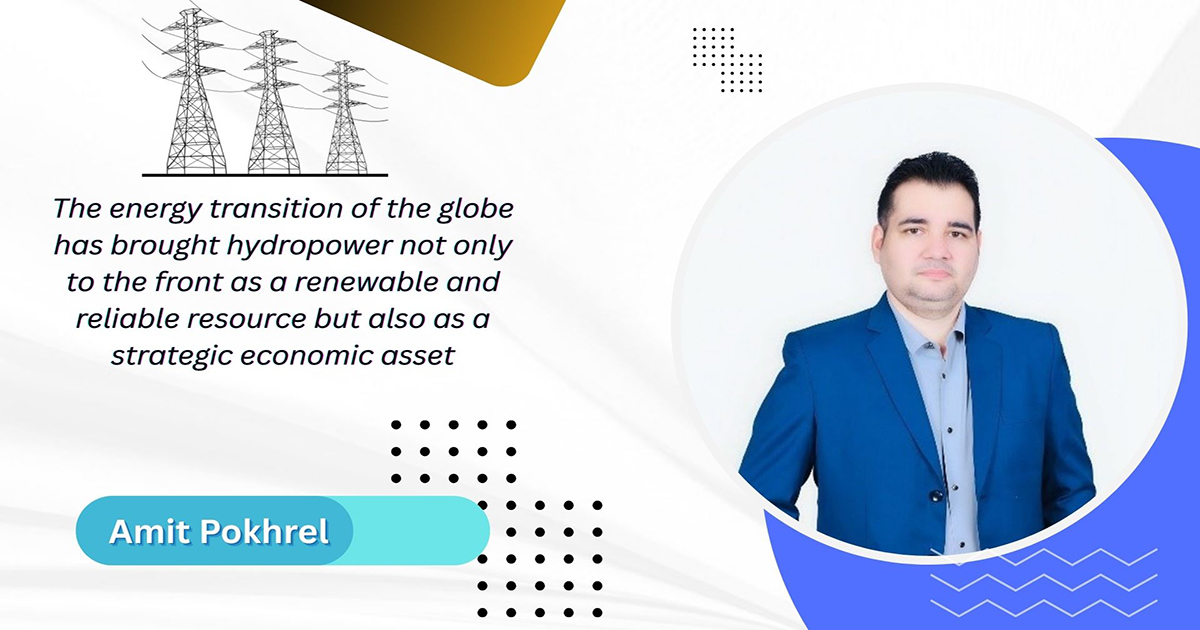
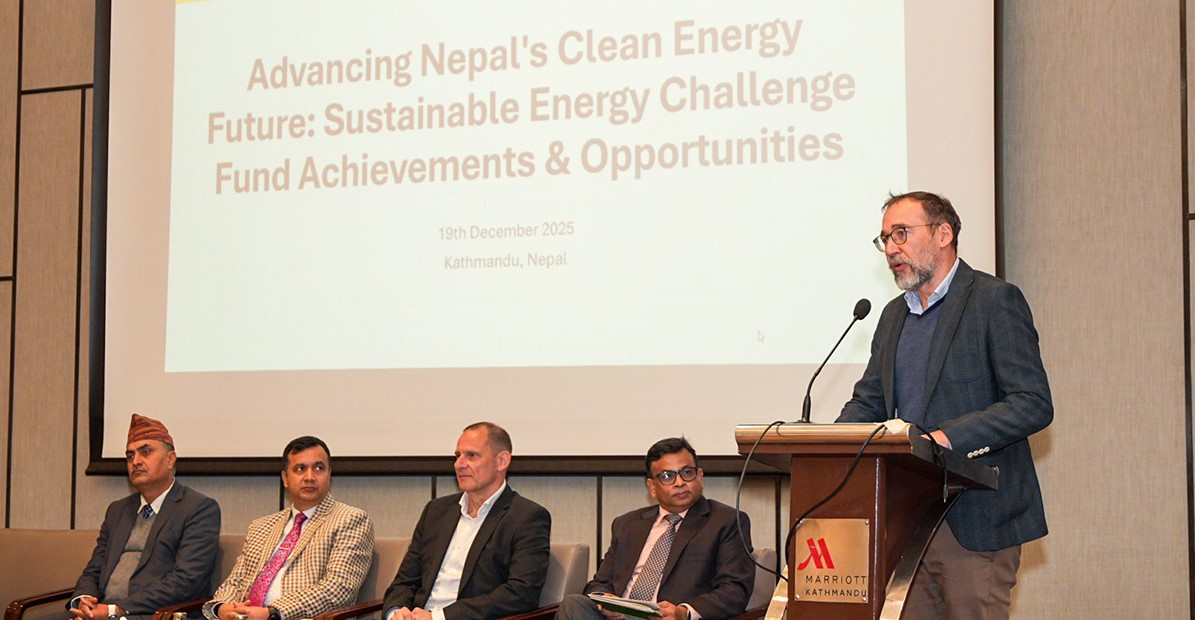




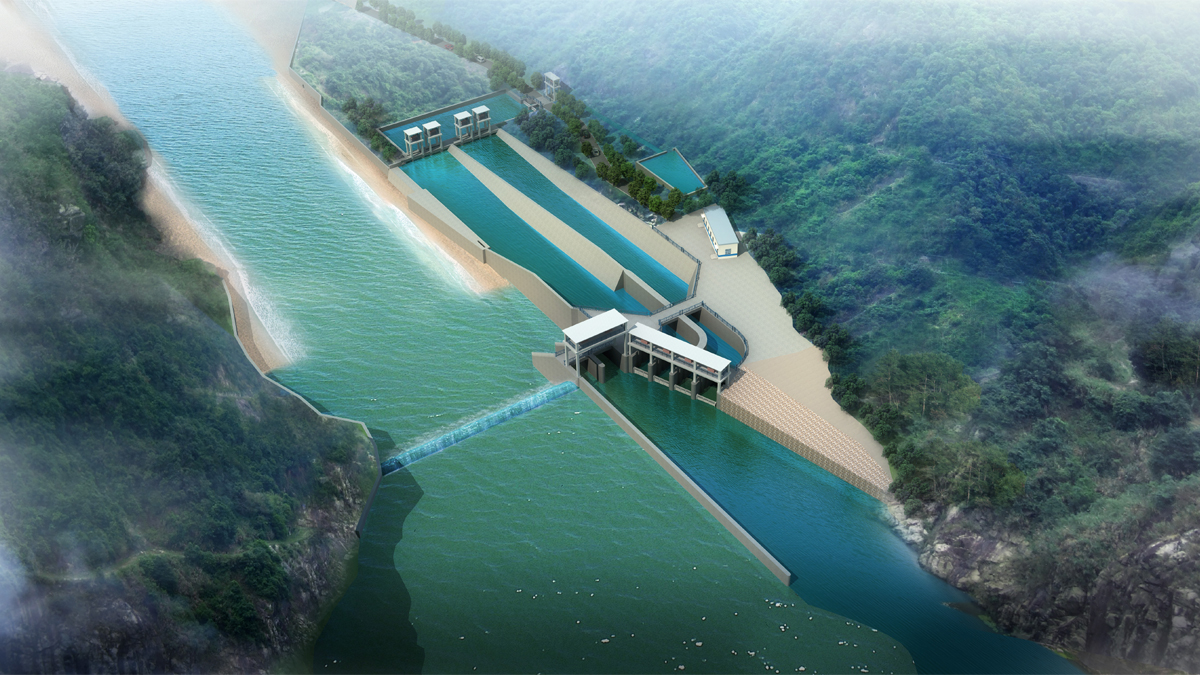
.jpg)
